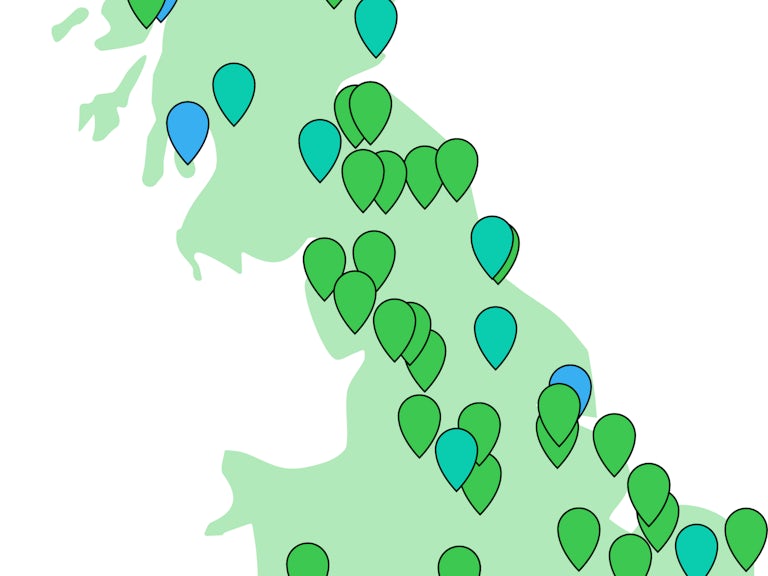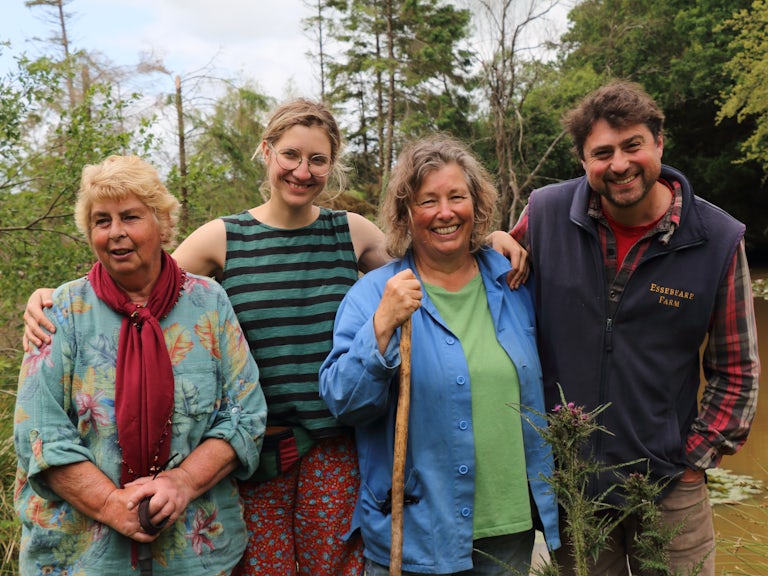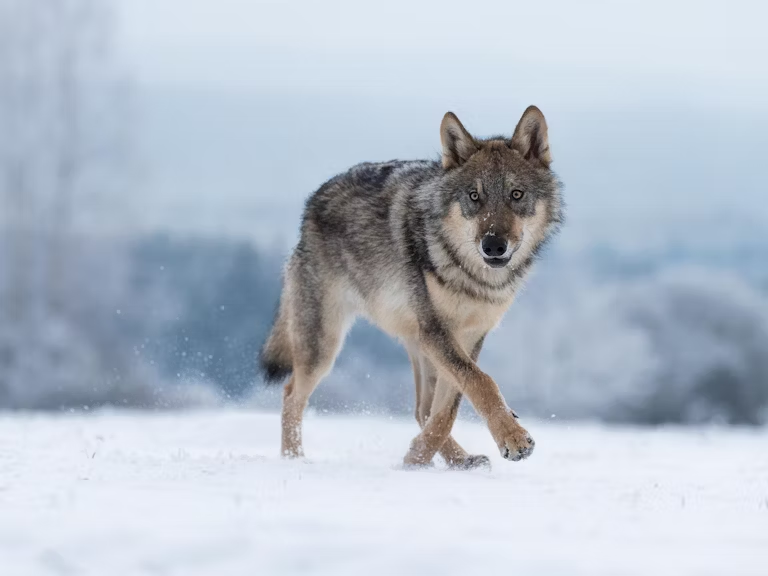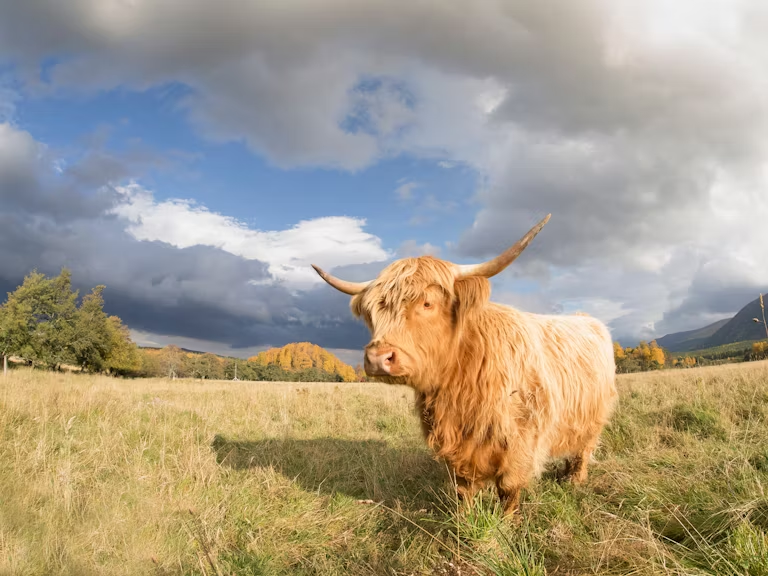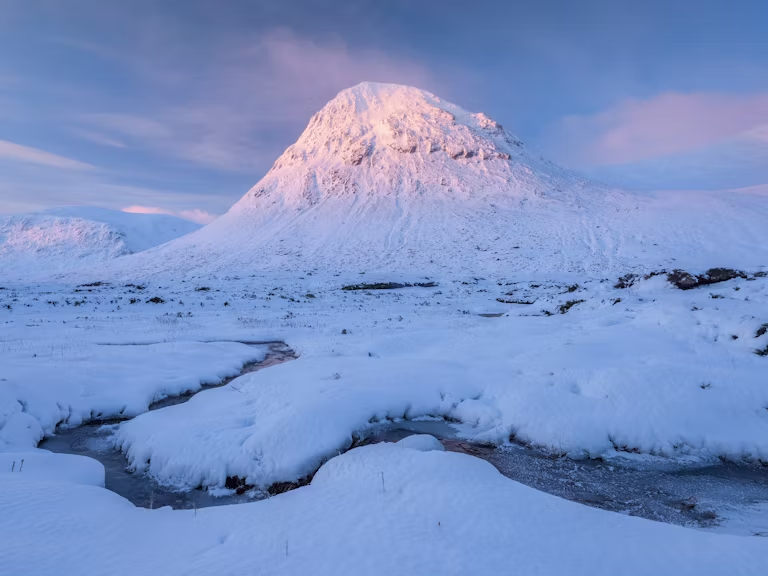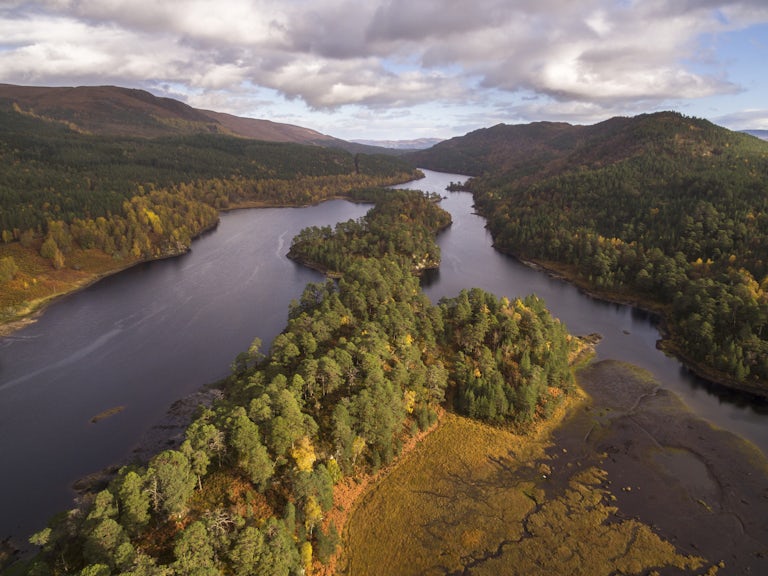Restoring natural processes
An essential part of rewilding is working to restore natural processes. Here we explain what that means for rewilders across Britain.
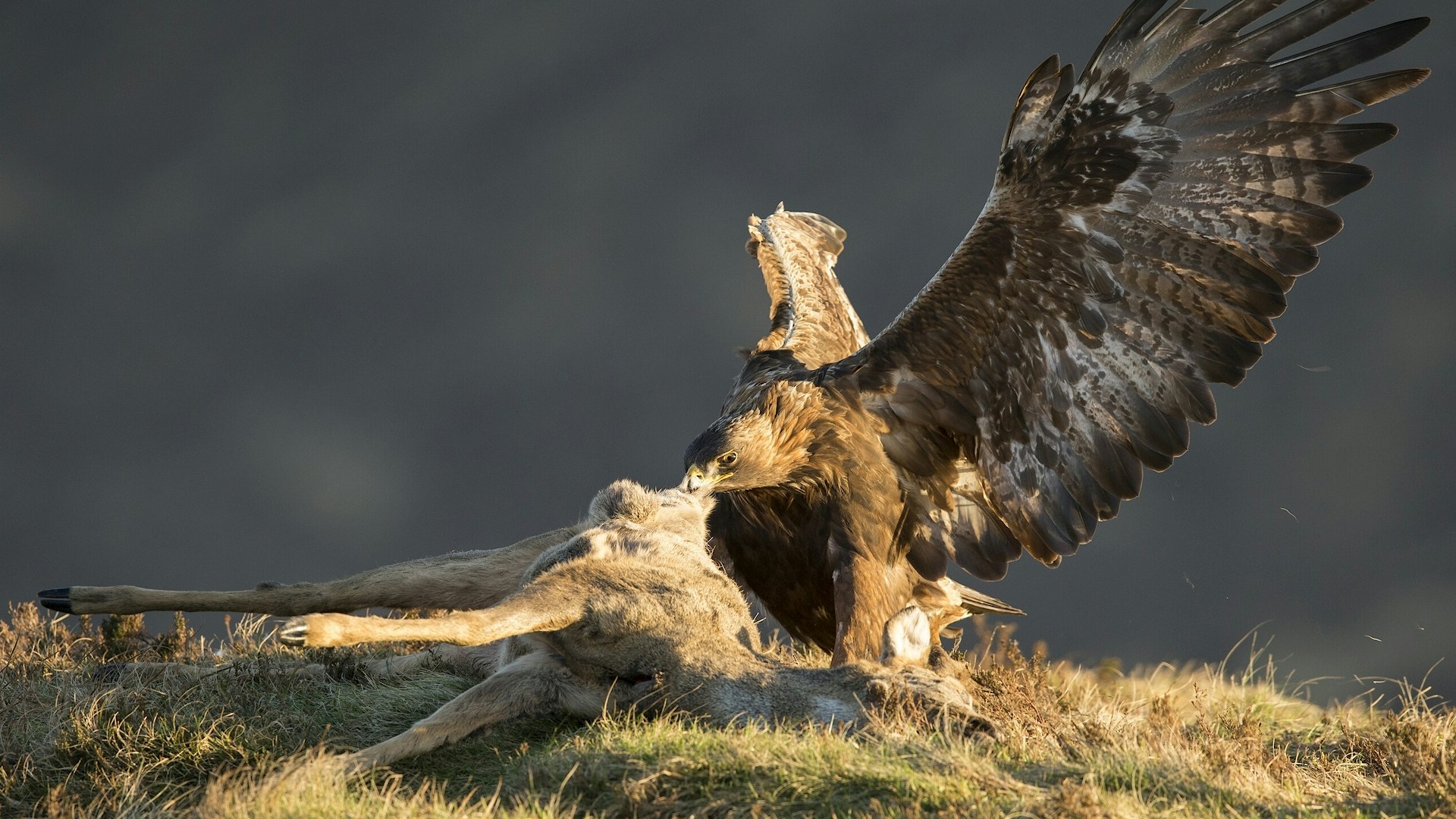
We frequently refer to natural processes in rewilding, but many of us don’t really know what they are, or why they are so important. And if natural processes are truly at the heart of rewilding, which processes are the easiest or the most appropriate for you to restore?
Fundamental to working with natural processes is recognising that humans are massive ecosystem engineers. We have the means and the motivation to constantly intervene in natural processes around us. We can’t create them, but just as we can disturb them, so we can take actions to help reverse that disturbance and restore them to their natural function.
The natural processes you can restore will depend on several factors:
- Existing human interventions. How reversible or removable are they? For example, does your wetland still have ditches or land drains, if so can you block them without impacting on others?
- Knowing which natural processes are missing We are all still learning
- The limits of acceptable change You may not mind re-wetting causing the death of an ancient oak, but others might
- Patience Sometimes we have to wait for conditions to change, which then allow us to do things that were previously not possible
- Time Some things take minutes to restore, others take millennia
- Season Some things are best done at specific times of the year
- Accessibility Mountain vs lowland vs wetland, for example
- People There are lots of us around who could be impacted and not everyone will share the same aspirations. Work with your local community when you can
- Scale You can’t introduce pine martens into a rewilding site that’s only a couple of hectares, unless you have a lot of collaborative neighbours across thousands of acres of land
- Legality Releasing species often requires a licence, for example
- Actuality Whether all or part of your natural process still exists, or all or part of it is extinct or no longer in existence (for example, beavers)
Natural ways
If you want to restore wild nature, there are two questions to keep asking yourself: why are you doing what you’re doing? And what would nature do? A fossil fuel-driven chainsaw might be the easiest way to coppice a tree, and you might feel that you’re contributing to restoring nature, but there are more natural ways to coppice and promote the natural breakdown of wood, such as introducing browsing animals, or cutting a tree with a hand axe.
How you react to natural disturbances is important. These are natural processes of the sort we witness daily, in the news and at home. The felling of a tree by a storm can start processes of habitat structure diversification, deadwood production, natural coppice, seasonal pond creation and more. If you remove fallen trees and deadwood then the subsequent natural processes, beneficial to wildlife, are stopped before they’ve started. Leaving deadwood is a key action to helping restore natural processes.
Rootling or poaching by animals, such as a wild boar, is another natural disturbance. Such actions help to restore undulations in ploughed or flattened land (also known as micro-topography), create seasonal pools, and disturb ancient seed banks. They change the landscape, and you’ll have to embrace change and ‘messiness’ if you want nature to do its thing.
There are winners and losers in wild nature. Life on planet Earth ebbs and flows, and is often unpredictable. Accepting change, being patient, and seeing nature through a long-term lens is vital to restoring natural processes. Also crucial, therefore, is the acceptance of the principle of emergent properties.
“The grazing, browsing, rubbing, dunging and trampling of different species can create a diverse habitat mosaic.”
Trusting, and learning that we cannot control or predict all the outcomes of restoring natural processes, is essential. But if we restore the right processes in the right places, we can be fairly confident that there will be a net positive for the rewilding of abundant nature. Learning from the losses, and celebrating the wins when something beautiful and unexpected emerges, is part of the process.
Sometimes you may have to settle for a compromise or accept that current conditions don’t allow a natural process to be restored. It’s unlikely you’ll be able to leave dead animal carcasses in the countryside to undergo natural breakdown processes for the foreseeable future. What you can do instead is adapt your ambitions to be ‘as natural as possible’ within your current constraints.
For example, aurochs are extinct and heck cattle may not be possible, due to safety concerns, but you may be able to introduce wilder livestock management principles. This will enable cows to graze natural trees and hedgerow, and forage in woodland pasture. Choose wilder native livestock breeds suitable for the location, allow mixed age and sex herds and social groupings of animals, and, for example, retain the horns on your animals rather than cutting them off.
As natural as possible
Encouraging as much natural diversity as possible on your land will help natural processes. Mixed grazing, within the capacity of the land, is a key natural process that can boost diversity. The grazing, browsing, rubbing, dunging and trampling of different species can create a diverse habitat mosaic.
Different grazing species have very different eating styles. Flocks of geese crop floodplain meadows short, sheep nibble grass to the equivalent of a man’s number one haircut, cattle tear with their tongue, red deer stand on their hind legs and strip the leaves from higher branches, and pigs even forage in water. The animals you have on your land, and how you mimic or restore different natural animal processes, will contribute to the diversity of wildlife.
The things that animals eat also impacts natural processes. Dunging, the natural process of nutrient cycling through an animals’ body, is a natural process itself. The dunging of millions of species across the world plays a vital role in soil creation and the basis for life. Feeding animals chemicals, such as Ivermectins and antibiotics, will interfere with this natural process. Chemicals can wreak havoc on the breakdown of nutrients, soil formation and more. To restore the natural process, and rejuvenate healthy soils, one of the most important things we can do is to use fewer chemicals.
Get started
In summary, there’s much you can do to help natural processes recover and re-establish:
- Avoid the use of chemicals, antibiotics and fertilisers
- Encourage the natural regeneration of scrub and woodlands, instead of tree planting with plastic tubes
- Leave deadwood in woodlands and where it falls
- Re-connect rivers to their floodplain
- Restore rivers to their natural, meandering course
- Restore peatlands so they can work to absorb carbon and filter water
- Reduce grazing pressure
- Add mixed grazing and mimic more natural grazing patterns by allowing animals to wander freely or moving them around to prevent overgrazing
- Consider introducing missing species on to your land in collaboration with others, especially keystone species
Simple actions can have a big impact. The key is being open to change and learning as you go, and being patient. Nature is dynamic and unpredictable, powerful and wonderful. Keep a keen eye on what’s happening and be bold when you can.
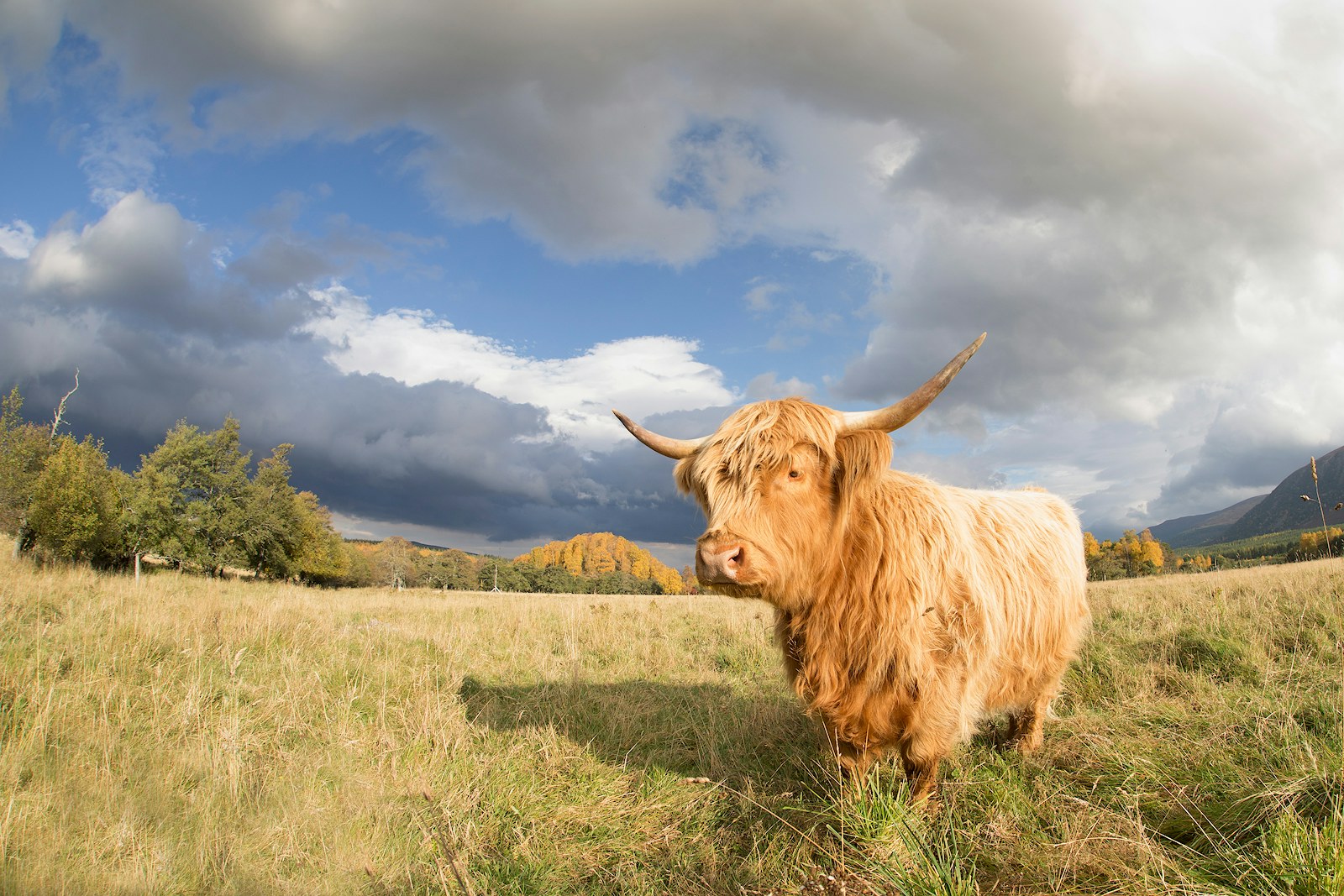
How do animals shape the land?
Grazing and browsing can play a key role in restoring natural processes.
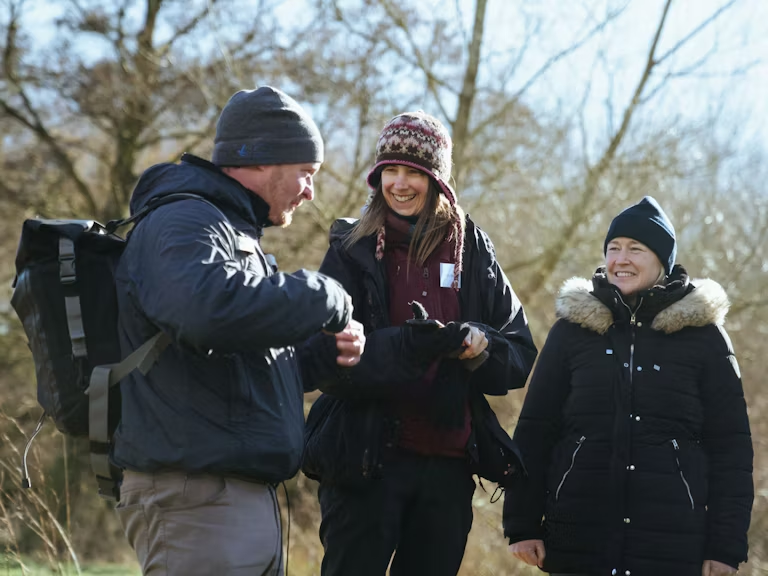
Join the Rewilding Network
Be at the forefront of the rewilding movement. Learn, grow, connect.
Join the Rewilding Network